Jøssingfjord lies in a majestic landscape of mountains and fjords, encompassing nature, history and industry. In this fjord lies Helleren - "hedlaren" - which forms a natural roof and shelter for the people who lived in the two small houses in the 1800s.
Previously, Jøssingfjorden was nearly inaccessible by land, with the sea being the primary route. The winding road with its tunnels down to Helleren was completed in 1921. Before this, the land route was via small paths down the steep hillside. Jøssingfjorden is now a crucial port for exporting ilmenite ore from the Tellnes mine.
Jøssingfjorden is particularly famous for the Altmark Incident that took place here on February 16, 1940. The Altmark affair refers to the event where the German support ship was boarded by British naval vessels, and British sailors were released. This incident was used as a pretext by Germany to justify its decision to attack and occupy Norway, arguing that the Norwegian government failed to defend the country's neutrality.During World War II, the term "jøssing" came into use to describe anti-Nazi Norwegians, stemming from the Altmark Incident.
The word "Helleren" describes an overhanging rock formation, and the word appears in several old place names in Norway, where a "heller" provides shelter for humans and animals. The 60-meter-long Helleren in Jøssingfjord has a history dating back to the early Stone Age and is one of the largest of its kind in Norway.
The houses beneath the rock ledge lack proper roofing because the 10-meter-deep overhanging rock continues to protect the buildings today, as it did in the past. In the rich, dark cultural layer covering the ground at Helleren, archaeologists have traced settlements from the early Stone Age. The architecture of the current houses can be traced back to the 1800s, but parts of the buildings may be older. People sustained themselves by fishing from the sea and keeping livestock, usually sheep, which could survive on the sparse fodder available. Helleren was abandoned in the 1920s.
Jøssingfjord is also a shipping port for the company Titania AS, which operates a mine (open-pit) and processing plant for titanium ore.
In the middle of the majestic landscape of Jøssingfjord, where nature, people and technology meet, stands the magnificent Jøssingfjord Science Museum. The science museum makes visible the connection between the place's nature, people and technology, and particularly aims to arouse interest in science among children and young people.
For opening hours and information, click here
Experience spectacular accommodation in Tunnelstuo, a decommissioned tunnel from 1921. Here, you can sleep in hammocks under two large openings in a 250-meter-long tunnel.
Go to the booking
Jøssingfjord is surrounded by steep mountainsides and is a paradise for rock climbers. The most popular climbing area is Profile Wall, which features one of the world's toughest traditional routes, Recovery Drink (8c+).
Via Ferrata Migaren is a climbing route along the mountainside in Jøssingfjord. This is named after the waterfall you have to cross along the way. The trip is partly on bolts in the mountains. The trip gives you an airy and unique view of Jøssingfjord. You can order climbing and climbing equipment from Jøssingfjord Witenmuseum.
Go to the booking
The fjord is surrounded by steep mountainsides and here you'll find a number of marked hiking trails, including to the spectacular Kolbolten. You'll also find Hellersheia, Lipinken, Smørknuden and the stairs up to Fladen.
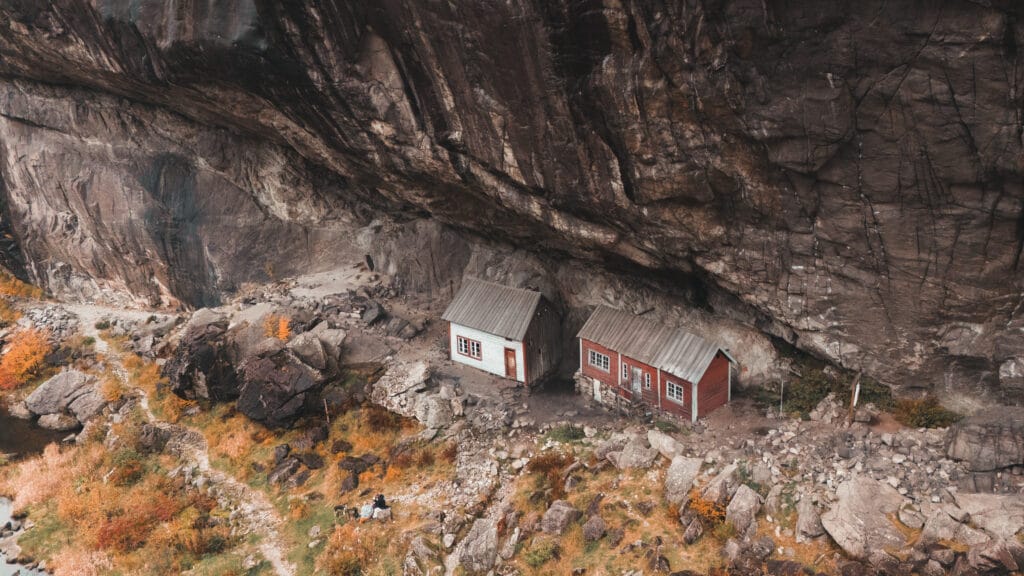
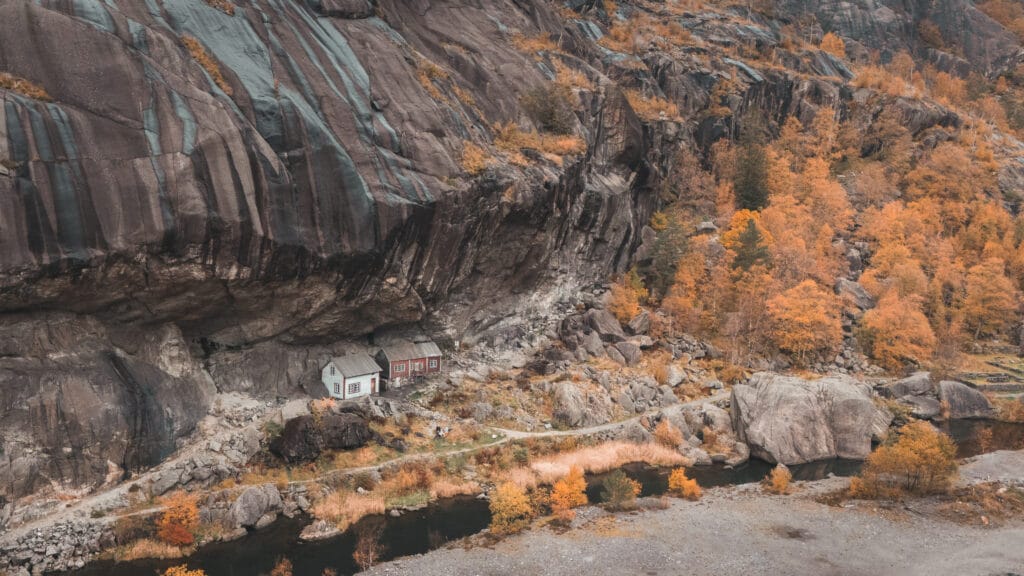
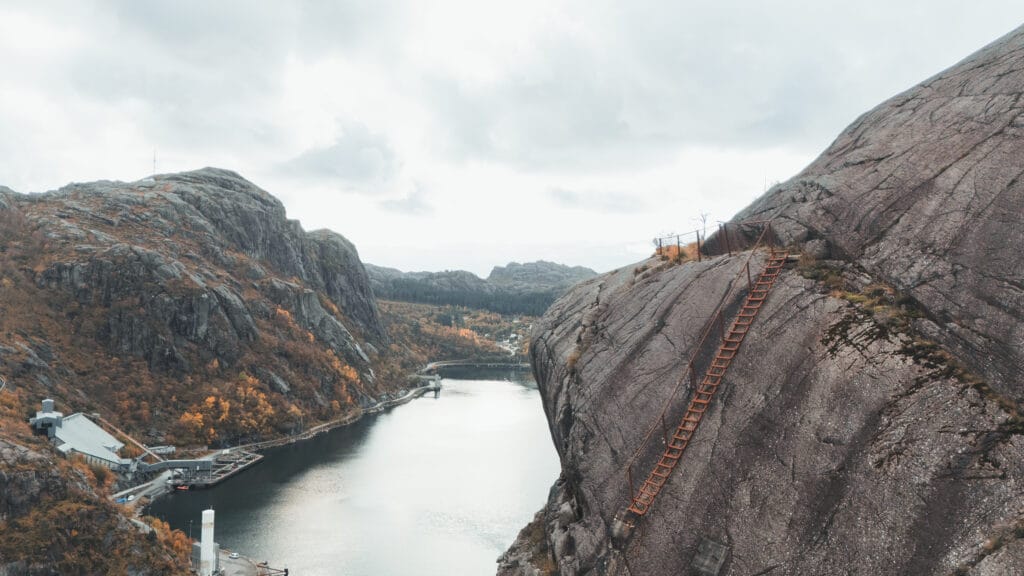
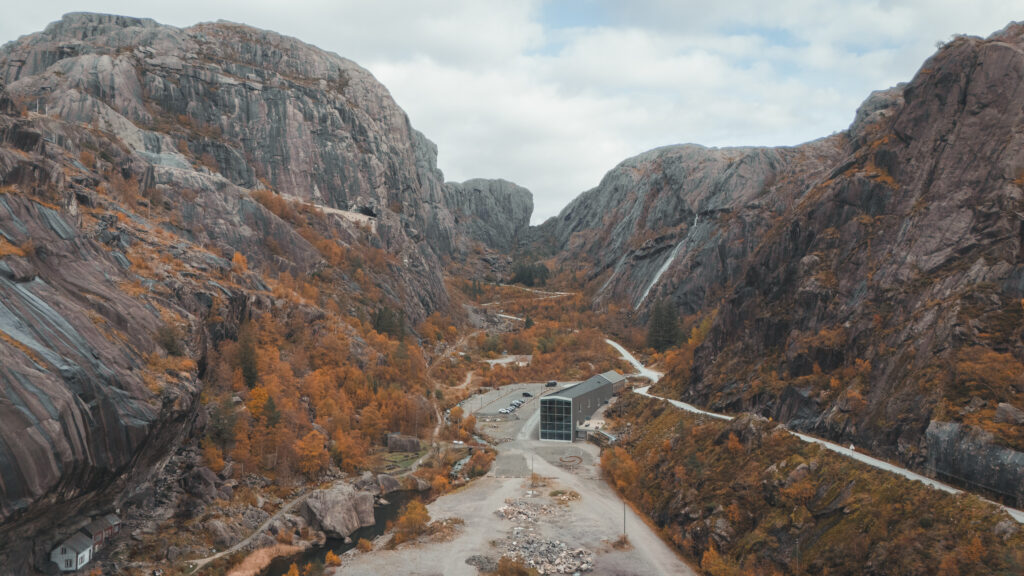

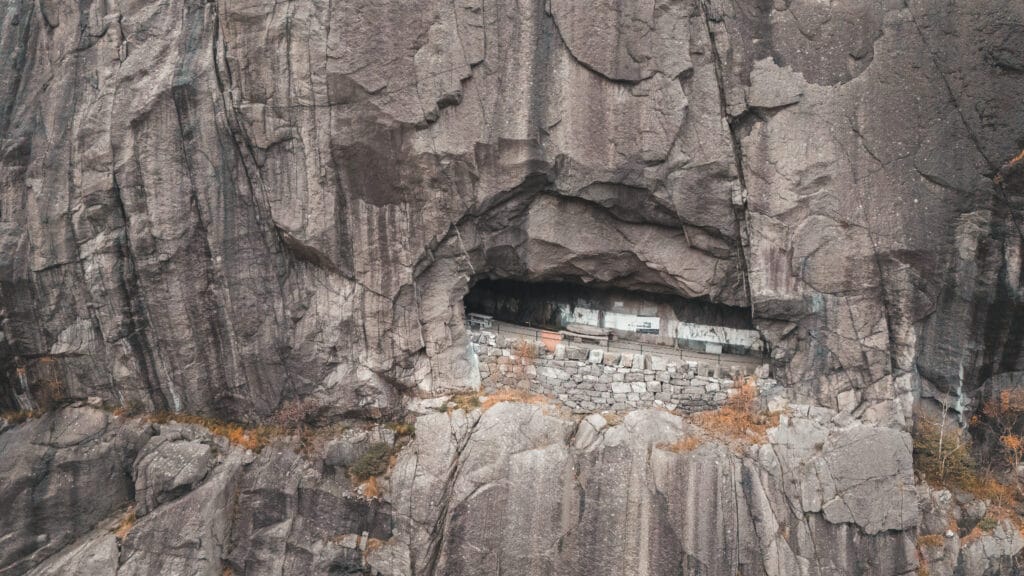
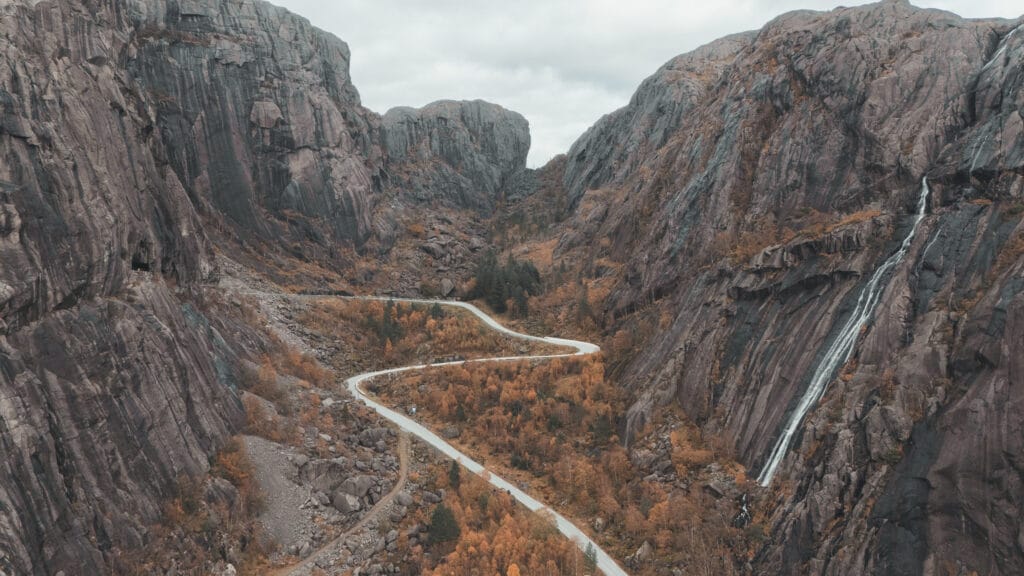
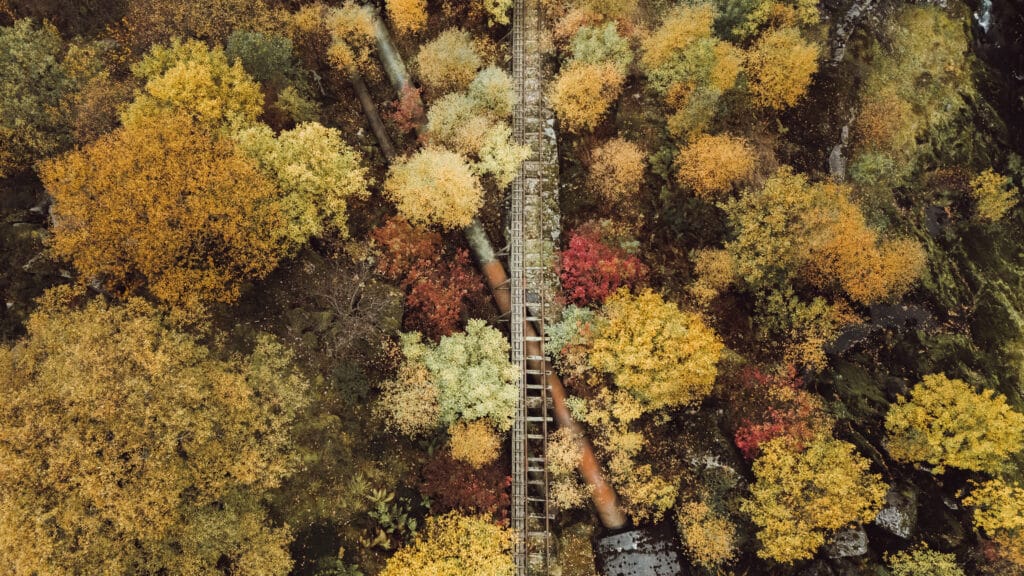
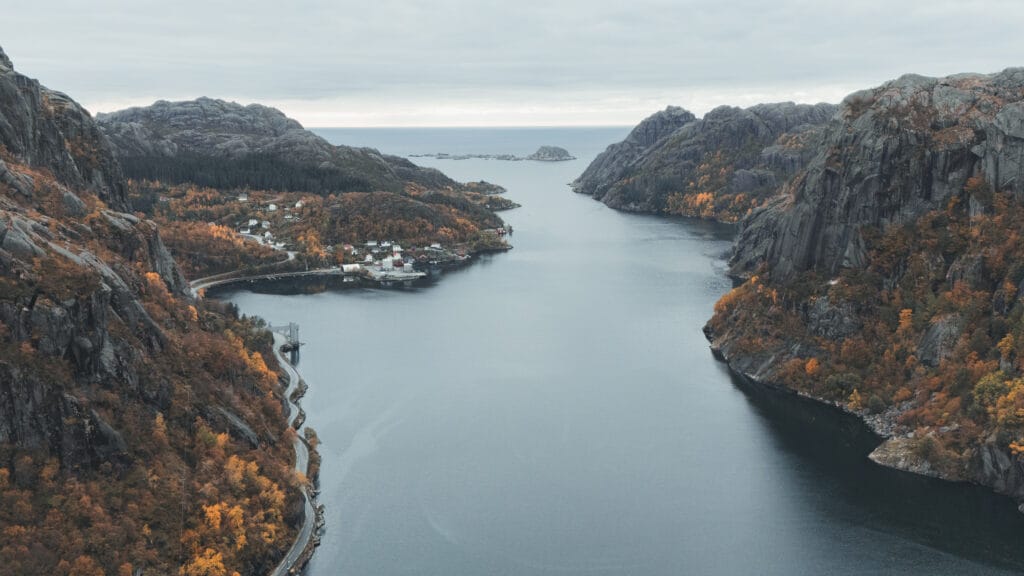
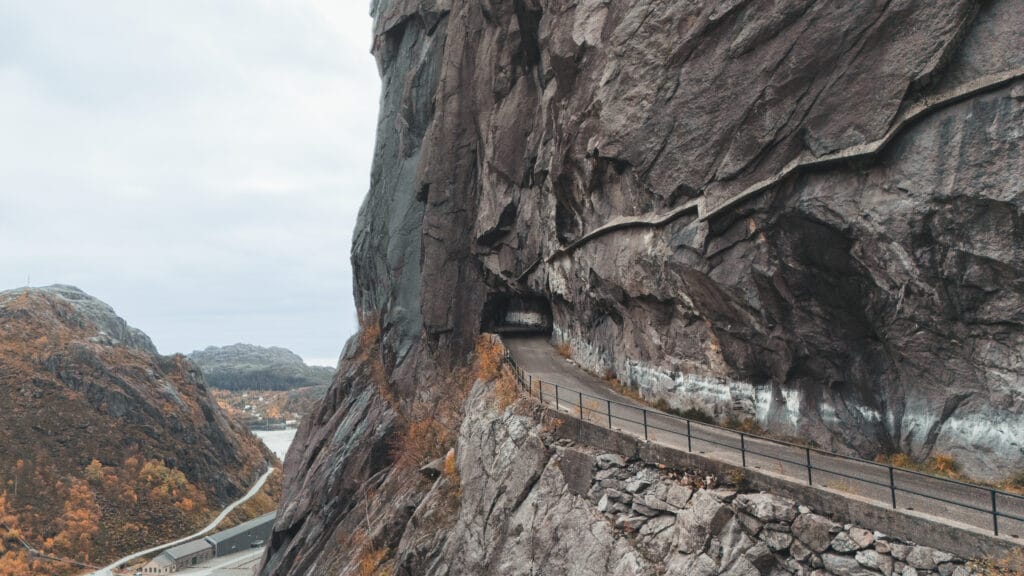
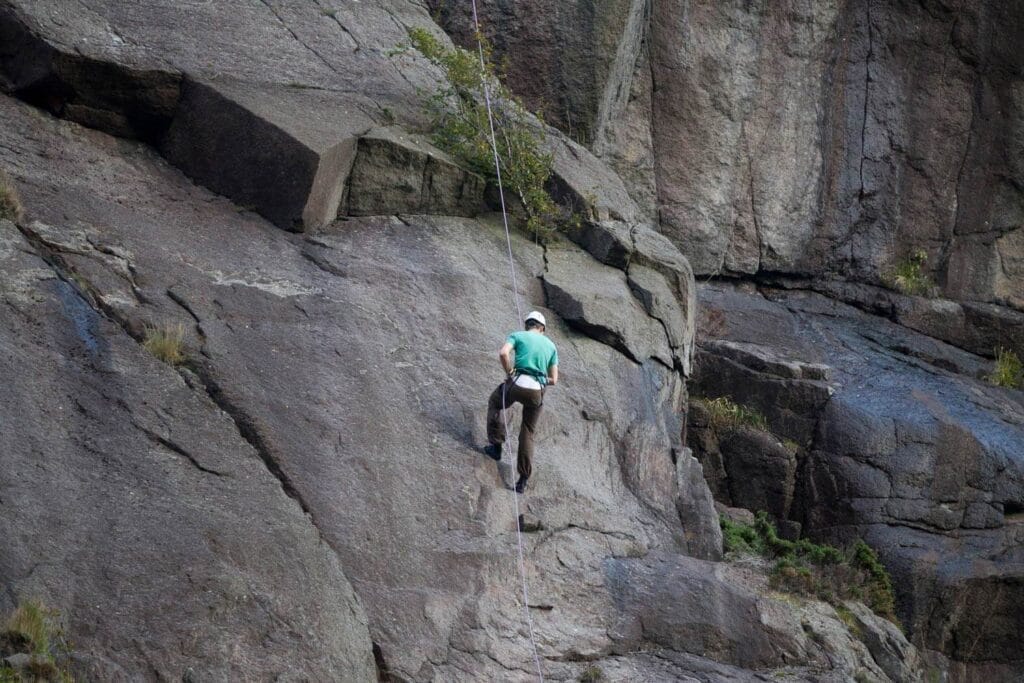
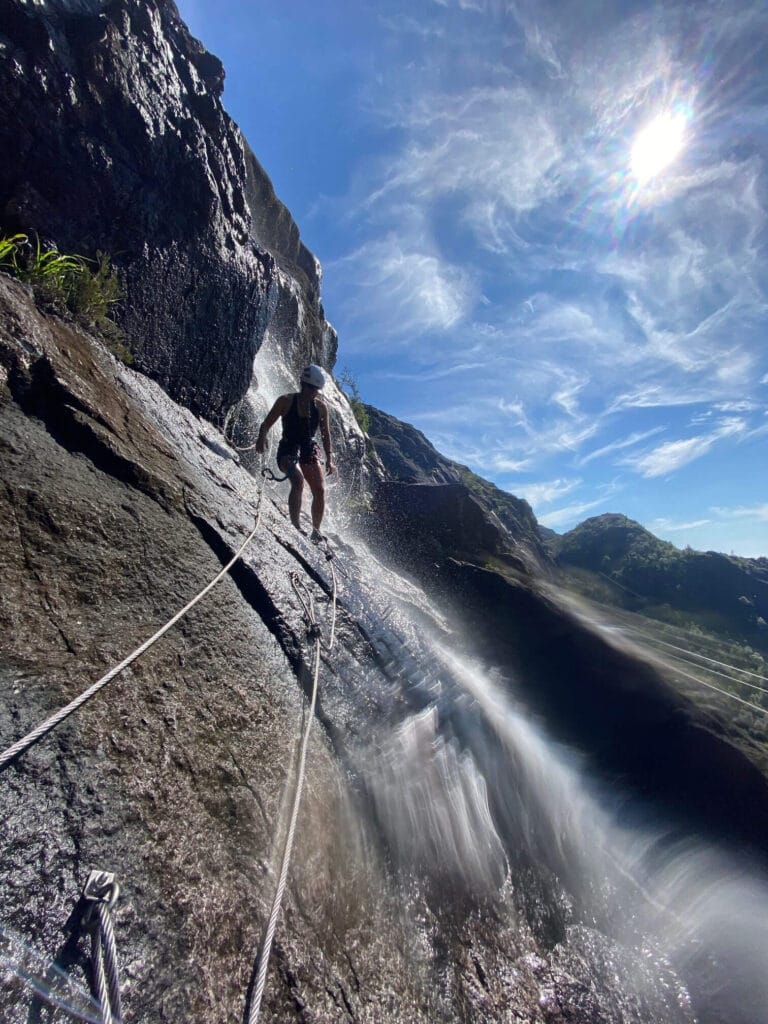
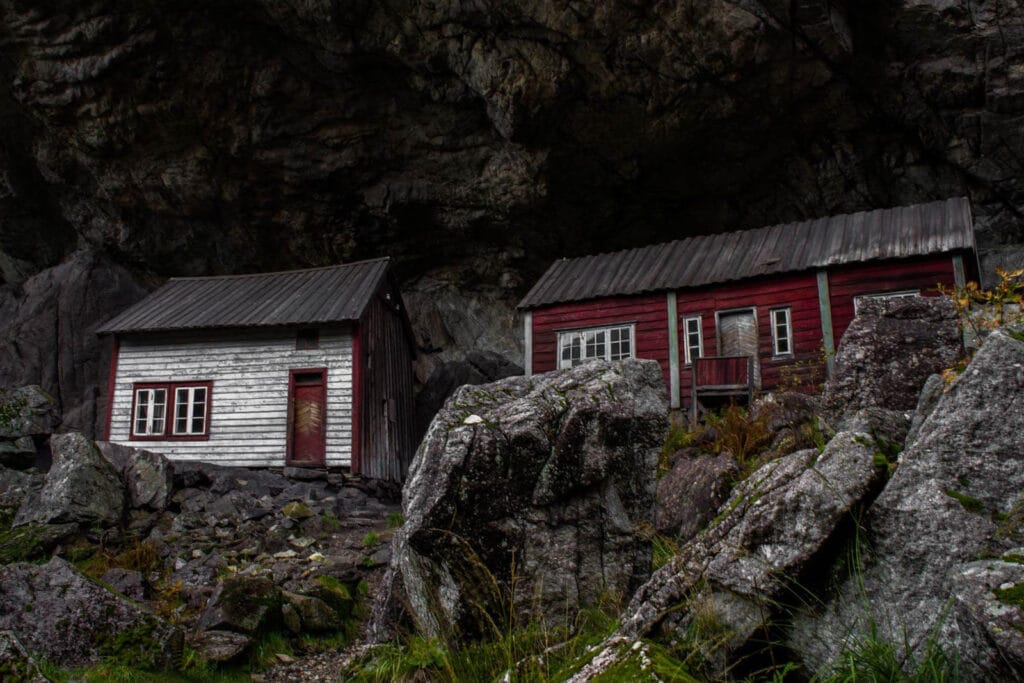
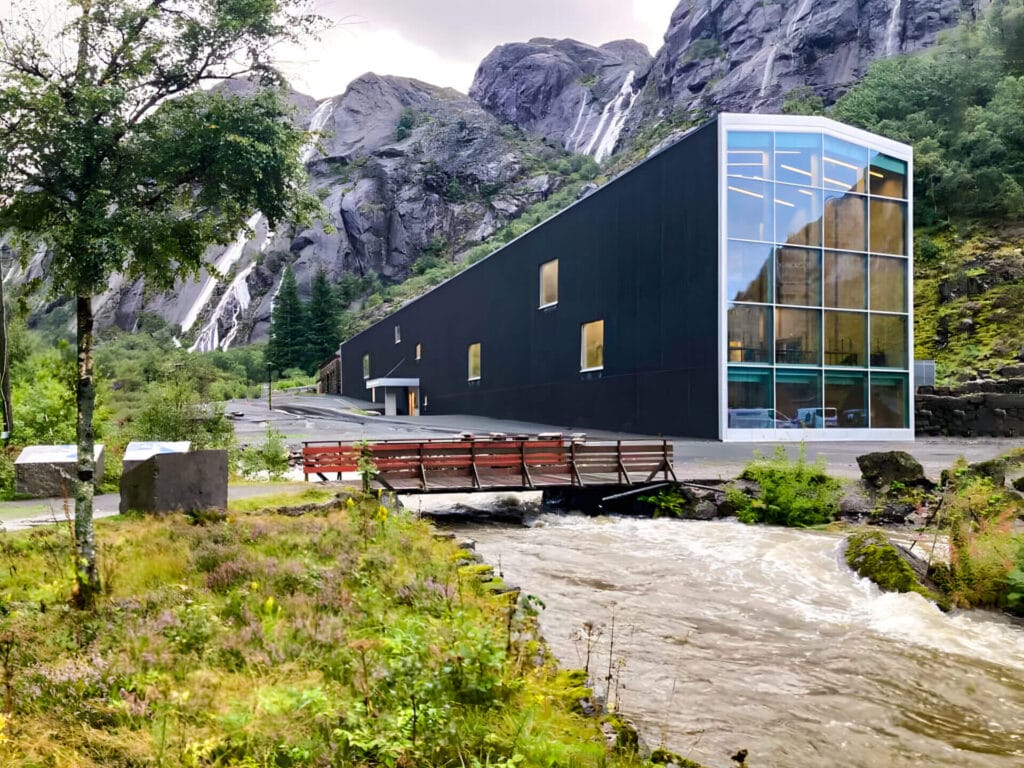
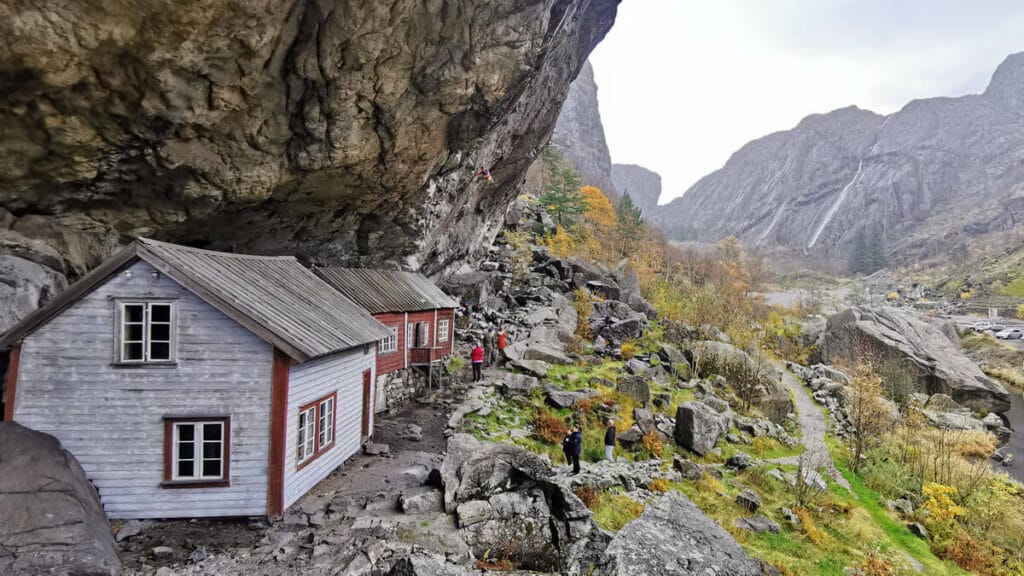
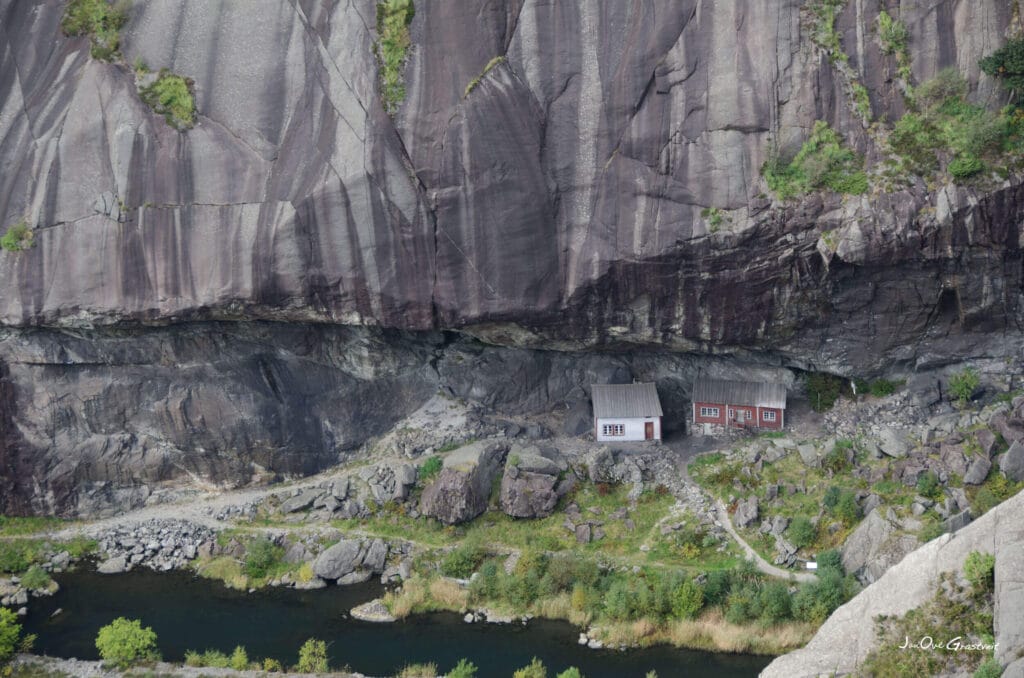
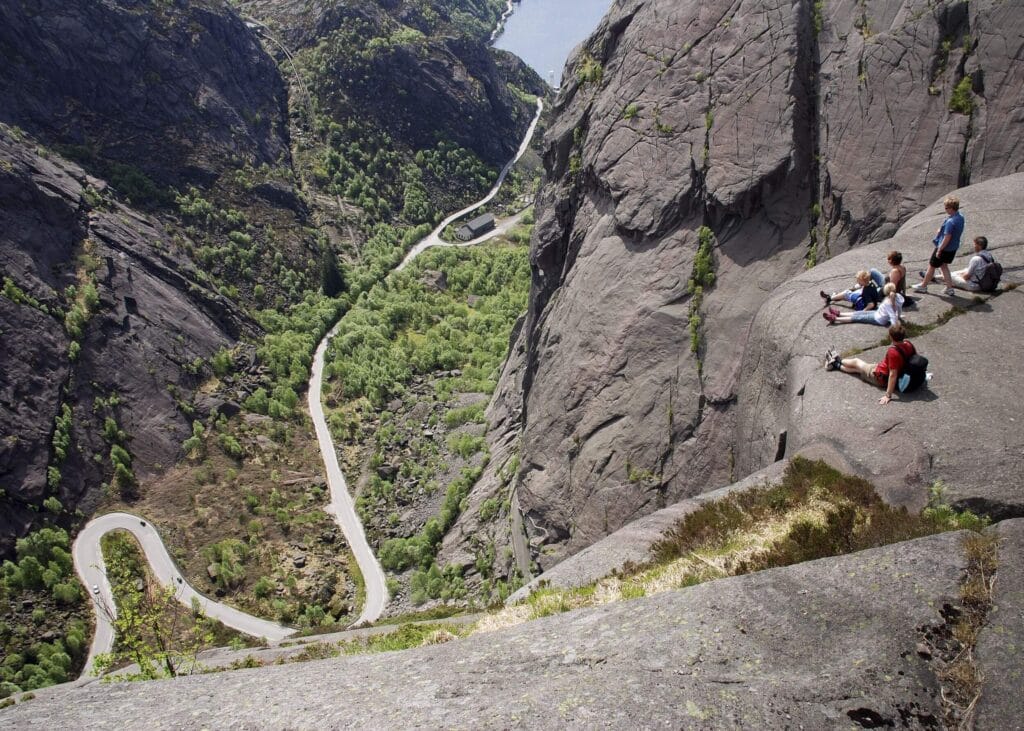
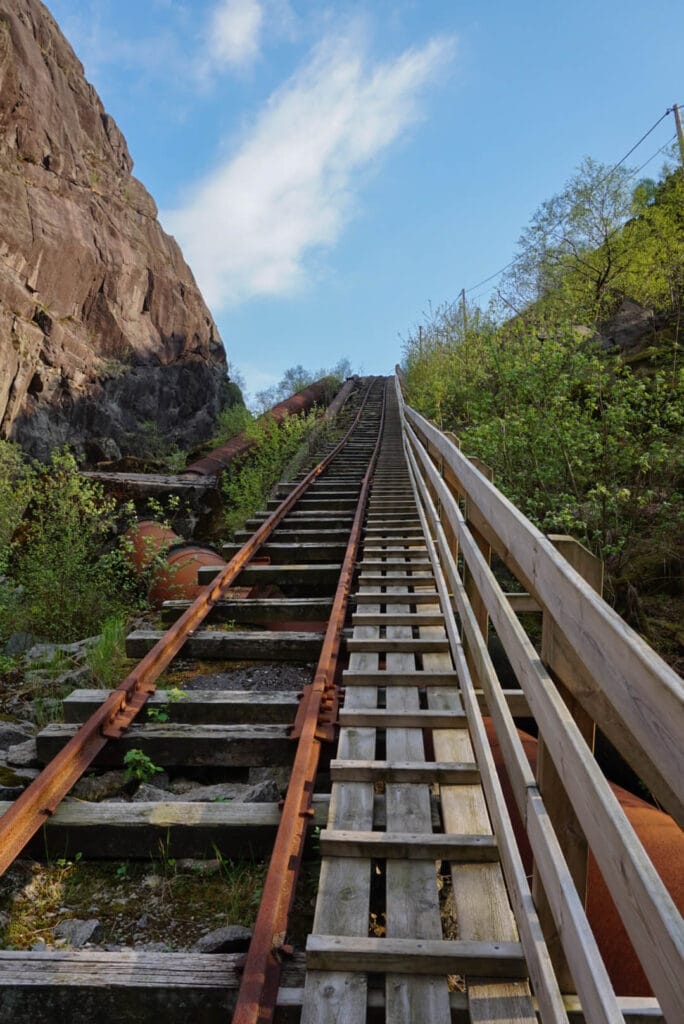
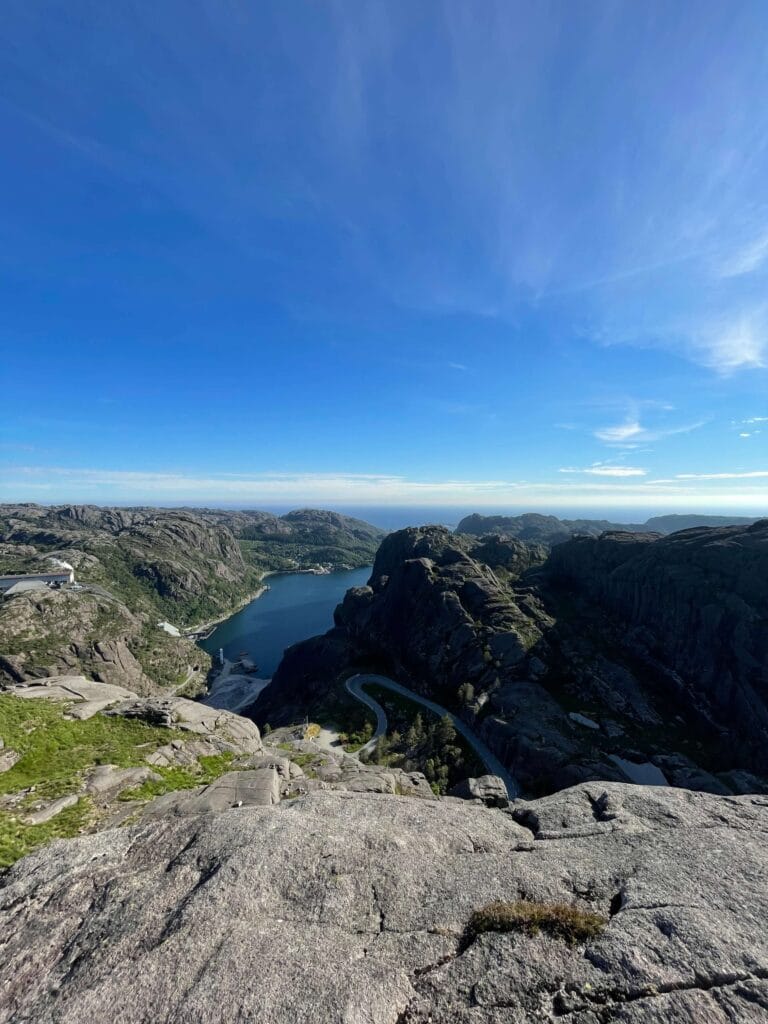
Access
The cave is located at the Jøssingfjord in Sokndal municipality. The houses located next to national Highway 44 between Egersund and Flekkefjord, and you can see them from the road. Exit from the Fv.44 in the bottom of the valley.
Category:
Family & fun, Geopark, Historic places, cultural, Sokndal, Top 20
See more experiences in Magma Geopark